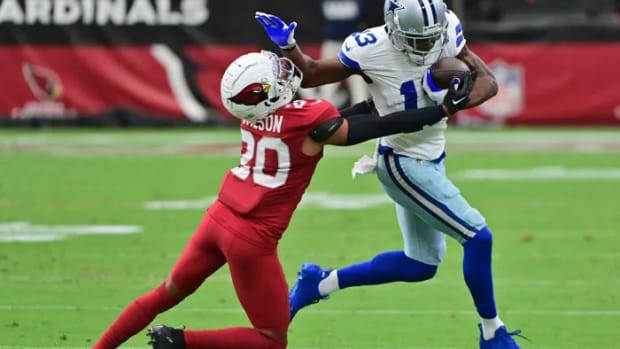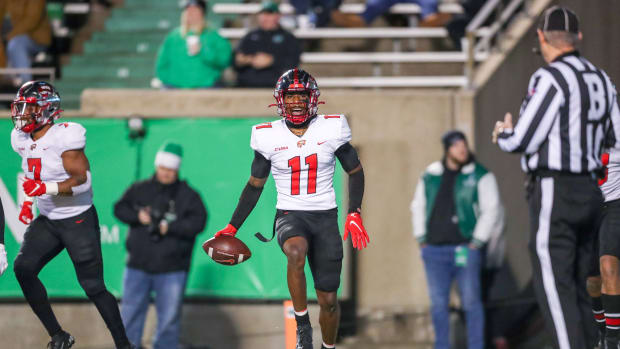Steelers’ Trade for Justin Fields Puts Quarterback Moves Into Focus
An NFL offseason plan tends to come together in stages, leaving us to ride the roller coaster of common sense alongside a team like the Pittsburgh Steelers, awaiting the moment when all is revealed.
Trading for Russell Wilson on its own, despite the incredible monetary value of a quarterback at that caliber playing for the veteran’s minimum? Yikes.
Trading away Kenny Pickett, leaving Wilson as the unquestioned leader of that Steelers team and locker room? Even more yikes.
Trading for Justin Fields, and basically getting him for the same price the Jaguars spent for Mac Jones, allowing the franchise to evaluate him and Wilson for a year, and potentially keep Fields on the roster beyond 2024 on his fifth-year option? Now we’re talking.
For a moment, we all forgot who the Steelers fundamentally are. Their entire organizational milieu is such that it would take a global catastrophe for the team to be bad enough to, A. make a selection in the top five of an NFL draft and, B. not spend that pick on an outside linebacker. As long as Mike Tomlin is the coach, the Steelers will never be able to fully start over. So, this is what starting over at the quarterback position looks like when tanking, or even accidental mediocrity, isn’t on the table.

Fields, who ranked 23rd in QBR last season, will be backing up a veteran in Wilson, who ranked 21st in QBR last year.
Matt Marton/USA TODAY Sports
Liking the move isn’t about the idea that Fields could one day supplant Wilson, who I’m not necessarily bullish on. It’s about amassing as many quality candidates for the job at a minimal price tag as possible. Clearly, the rest of the NFL wasn’t as high on Fields as the general public. I, too, thought Fields would probably fetch a pick at least equal to the compensatory value he’d produce for the Bears should they have kept him and let him walk a year from now. That’s why I’d advocated for keeping him.
But the Steelers did their homework, and secured a player who seemed to be putting together a more complete repertoire after heavily relying on his escapability early in his career, for next to nothing. They did the same with Wilson, believing that they could extract the default benefits of a Super Bowl-winning quarterback with experience leading the locker room, and discard the totality of Wilson’s self-branding efforts and internal politics, which had the tendency to rankle former teammates and coaches.
They may not be the two players you or I would choose to start a season with, but the ceiling for Pittsburgh’s offense is incalculably higher. That is a win.
Another win? The Steelers have moved away from the coddling of their franchise quarterbacks. Ben Roethlisberger was allowed to exist so long after his prime that he was beginning to grow mold. Pickett threw 13 touchdowns and 13 interceptions in two years, with a play-by-play success rate far below 50. It would have taken a Jordan Belfort-like performance to sell Steelers fans on the idea of bringing him back as the unquestioned starter for 2024.
And so, we have this tiny moment of growth folded in with the standard mentality that inevitably accompanies a coach who has never had a losing season while in the NFL.
It is impossible to know whether this works out, though we do know that Wilson has coexisted comfortably with promising, high-upside backups before, such as his replacement in Seattle, Geno Smith. We also know that Fields is coming to Pittsburgh understanding that, for now, he has to sit behind Wilson, which is probably a little more palatable than the idea of sitting behind Caleb Williams, which Fields would have done in Chicago.
We also know that the Steelers received a third-round pick and two seventh-round picks in exchange for Pickett and a fourth-round pick, and have only—for now—spent a sixth-round pick on Fields. So, they have brought in more on the asset front than they have expended on this project.
Because of this, their plan no longer seems desperate, cringeworthy or inexplicable. It makes sense. It took time for us to arrive here, but now the future looks much brighter than it did just a week ago.






































